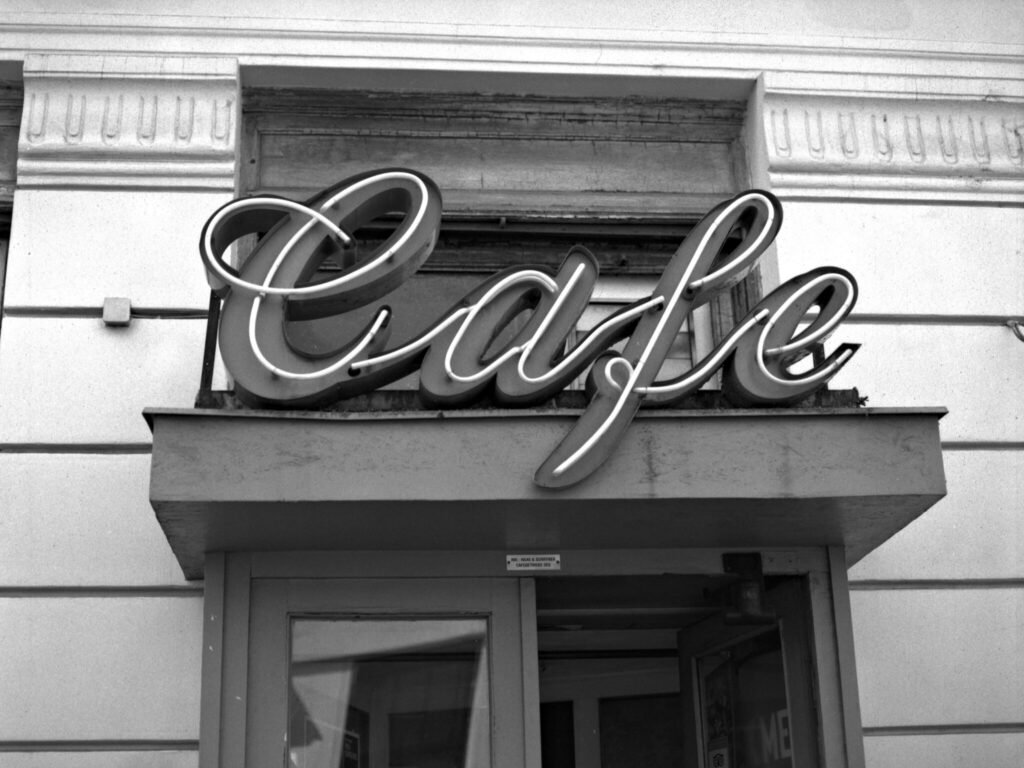Choosing the right signage for your building in Boston is a crucial decision that can significantly impact your business’s visibility, branding, and overall success. Whether you’re a small business owner or managing a large commercial property, the right building signs can make a powerful first impression on customers, guide visitors, and reinforce your brand identity. In this article, we’ll explore the key considerations you should keep in mind when selecting signage for buildings in Boston.
1. Understand Your Building’s Purpose and Audience
Before choosing the right building signage, it’s essential to understand the purpose of your building and the audience you’re trying to reach. Is your building a retail space, an office building, a hotel, or a healthcare facility? Each type of building serves a different purpose and attracts a unique demographic, so your signage should reflect that.
For example, a retail store in a busy Boston shopping district might need vibrant, attention-grabbing signage to stand out among competitors, while an office building in a corporate area might benefit from more professional and understated signage. Understanding your audience’s preferences and expectations will guide you in choosing the right style, colors, and materials for your signage.
2. Comply with Boston’s Signs Regulations
Boston, like many other cities, has specific regulations regarding signage for buildings. These regulations can include size restrictions, placement guidelines, and rules about illumination and materials. Failing to comply with local signage laws can lead to fines, removal of your sign, or other legal issues.
Before designing your signage, it’s important to consult with a signage expert who is familiar with Boston’s regulations. They can help ensure that your signage meets all legal requirements while still being effective and visually appealing. This is particularly important if your building is located in a historic district, where additional restrictions may apply.
3. Choose the Right Materials
The material you choose for your building signage will affect not only its appearance but also its durability and maintenance needs. In Boston, where the weather can range from hot summers to freezing winters, it’s essential to select materials that can withstand these conditions.
Popular materials for signage for buildings include:
- Metal: Durable and versatile, metal signage (such as aluminum or stainless steel) can be customized to create a modern or classic look. It’s weather-resistant and requires minimal maintenance, making it a popular choice for Boston businesses.
- Acrylic: Acrylic signs offer a sleek, modern appearance and can be customized with various colors and finishes. While less durable than metal, they are still a good option for indoor or sheltered outdoor use.
- Wood: For a more rustic or traditional look, wood can be an excellent choice. However, it requires regular maintenance to prevent weather damage, especially in Boston’s harsh winters.
- Vinyl: Vinyl is a cost-effective material that’s often used for temporary signage or window graphics. It’s not as durable as metal or acrylic but can be a good option for short-term promotions or events.
4. Consider Visibility and Readability
One of the most important factors in effective building signage is visibility. Your sign should be easy to see from a distance, whether on a busy street or from across a parking lot. To achieve this, consider the following elements:
- Size: Your sign should be large enough to be easily read from the typical viewing distance. For example, a sign meant to be seen from a highway will need to be much larger than one on a pedestrian walkway.
- Contrast: High contrast between the text and background will improve readability. For example, light-colored text on a dark background is easier to read than light on light.
- Font: Choose a clear, easy-to-read font. Avoid overly decorative fonts that can be difficult to decipher, especially from a distance.
- Illumination: Illuminated signs can be essential in a city like Boston, where businesses often operate into the evening. Consider LED or backlit signage to ensure your sign is visible day and night.
5. Integrate Your Brand Identity
Your building signage is an extension of your brand, so it’s important to ensure it aligns with your overall brand identity. This includes incorporating your brand’s colors, fonts, and logo into the design. Consistency between your signage and other branding materials, such as business cards, websites, and brochures, helps reinforce your brand and makes it more recognizable to customers.
If your brand has a modern, sleek image, consider using materials like metal or acrylic with clean lines and minimalistic design. If your brand is more traditional or artisanal, wood or hand-painted signs might be more appropriate.
6. Think About Placement
Where you place your signage for buildings is just as important as the design itself. The placement will affect who sees your sign and how effective it is at attracting attention.
Consider the following placement tips:
- Height: Your sign should be positioned at eye level or slightly above for maximum visibility. Signs that are too high or too low may be overlooked.
- Angles: Ensure your sign is facing the main flow of traffic, whether that’s pedestrian or vehicular. Angled signs that face incoming traffic or foot traffic from a specific direction are more likely to catch the attention of passersby.
- Surroundings: Take into account the surrounding environment. If your building is in a busy area with a lot of other signs, you’ll need to ensure your sign stands out without being overwhelming.
7. Plan for Long-Term Maintenance
Finally, it’s important to plan for the long-term maintenance of your building signage. Signs exposed to the elements in Boston will inevitably face wear and tear over time, so it’s crucial to choose materials that are durable and easy to maintain.
Regular cleaning, repainting, or repair might be necessary to keep your sign looking its best. When choosing your signage provider, ask about their maintenance services and warranties. A reputable sign company will offer maintenance packages to help you extend the life of your sign and protect your investment.
Conclusion
Selecting the right signage for buildings in Boston is a multi-faceted process that involves careful consideration of your building’s purpose, audience, local regulations, materials, and more. By taking the time to make informed decisions and working with experienced signage professionals, you can create building signage that not only enhances your business’s visibility but also strengthens your brand and contributes to your long-term success.
Whether you’re a new business looking to make a strong first impression or an established company seeking to update your existing signage, keeping these key considerations in mind will help you choose the best building signs for your needs in Boston.





2 ius of hgh a day
References:
how much Hgh for Muscle growth, 09vodostok.ru,
3 iu hgh per day results
References:
is hgh the same as testosterone (your.link)
free male enhancement pills with free shipping
References:
Negative problems (sound.co.Id)
how to take steroids properly
References:
steroids for building muscle (http://www.bitsdujour.com)
ipamorelin 10 mg
References:
Valley.Md
what is the dosage for cjc 1295 ipamorelin
References:
Cjc1295 and ipamorelin
cjc 1295/ipamorelin peptide
References:
https://clkme.pro/teodoro5192272
does ipamorelin really work
References:
cjc-295/ipamorelin
dosage cjc 1295 ipamorelin before and after
References:
what does Sermorelin ipamorelin for men (jobs.cntertech.com)
ipamorelin cjc 1295 reviews
References:
sublingual ipamorelin, gowes.in,
can a doctor prescribe anabolic steroids
References:
flex stack supplement gnc (music.white-pilled.tv)
what type of drug are steroids
References:
https://support.mikrodev.com/